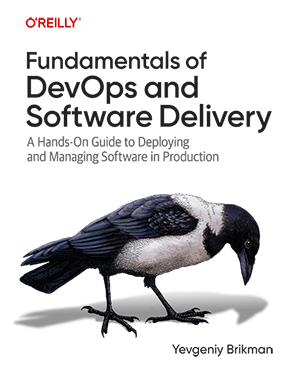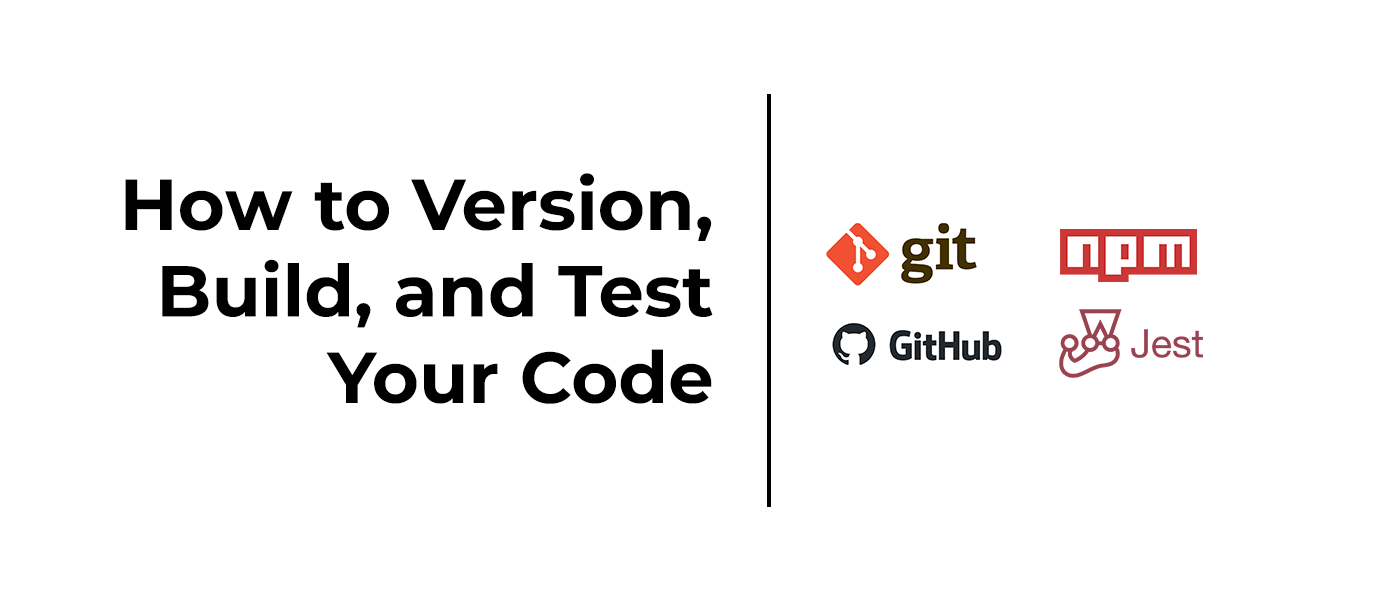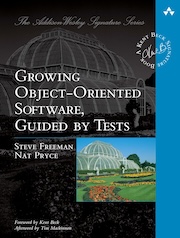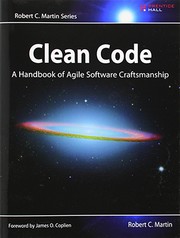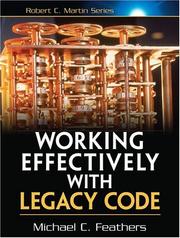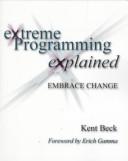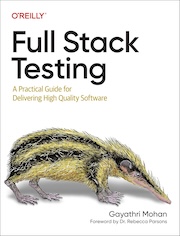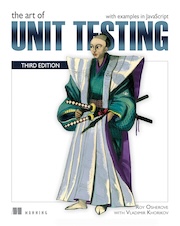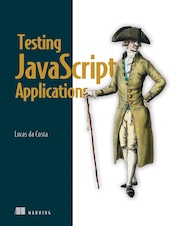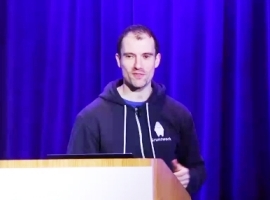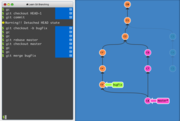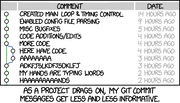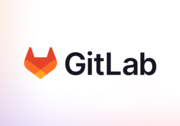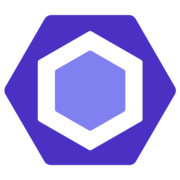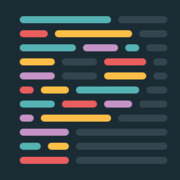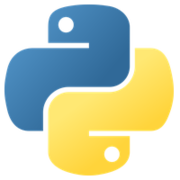Learn how to use version control (e.g., Git, GitHub), build systems (e.g., NPM, Gradle, Bazel), and automated tests (e.g., static analysis, unit tests, integration tests).
4.1 Version Control
4.1.1 Example: Turn your Code into a Git Repo
4.1.2 Example: Store your Code in GitHub
4.1.3 Version Control Recommendations
Always use version control
Write good commit messages
Commit early and often
Use a code review process
Protect your code
4.2 Build System
4.2.1 Example: Configure your Build Using NPM
4.2.2 Dependency Management
4.2.3 Example: Add Dependencies in NPM
4.3 Automated Testing
4.3.1 Example: Add Automated Tests for the Node.js App
4.3.2 Example: Add Automated Tests for the OpenTofu Code
4.3.3 Testing Recommendations
The test pyramid
What to test
Test-Driven Development (TDD)
4.4 Conclusion
